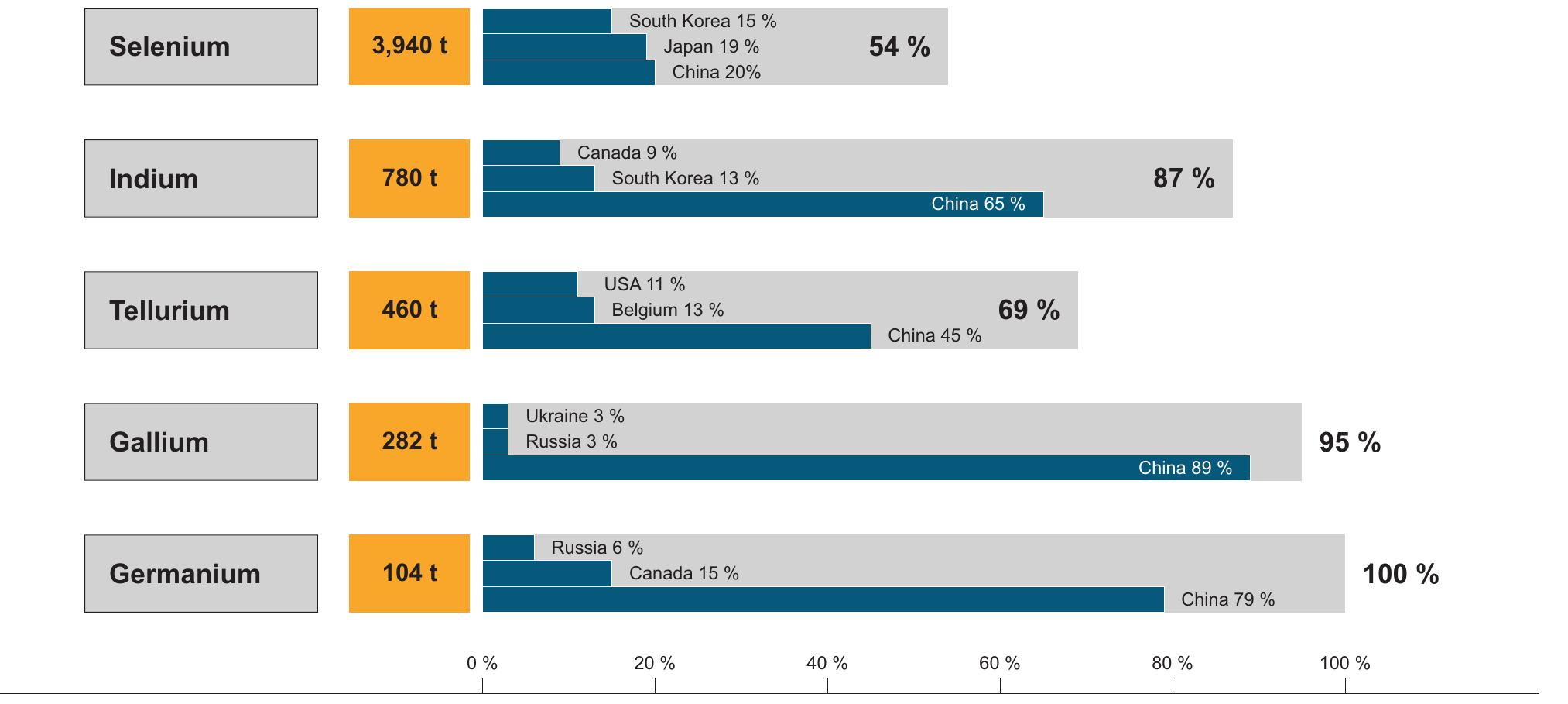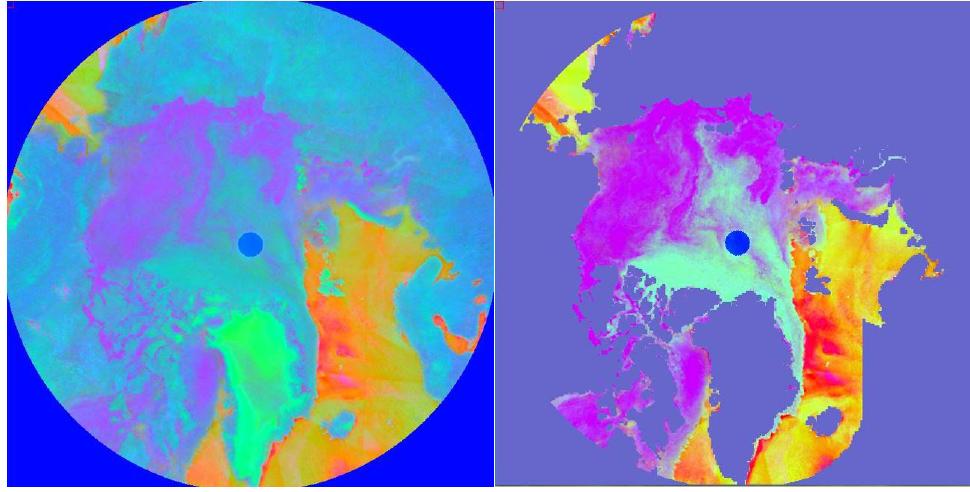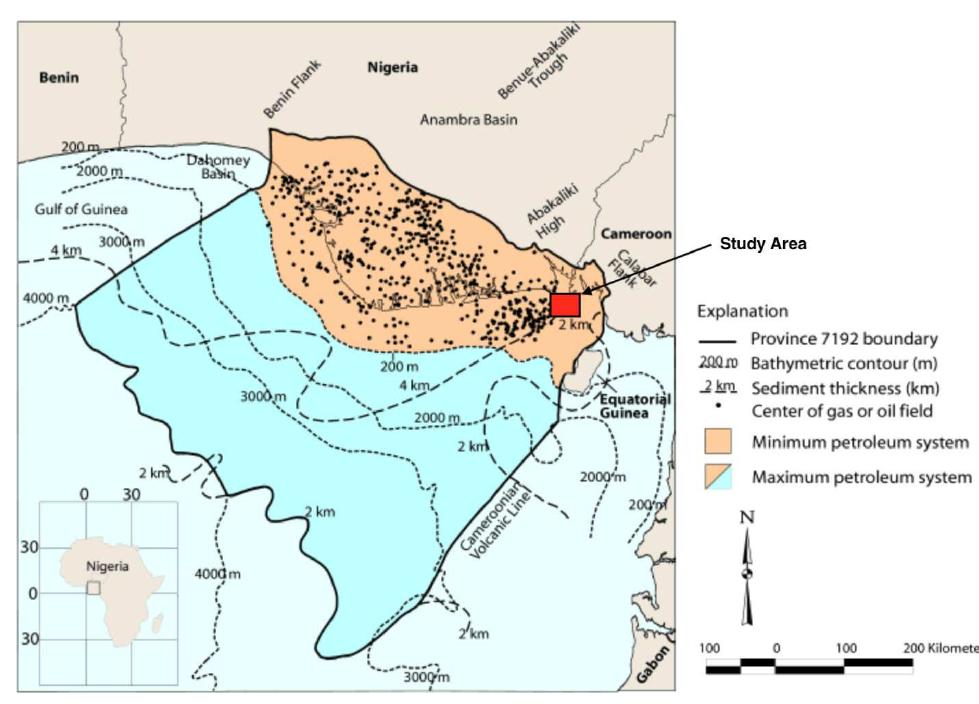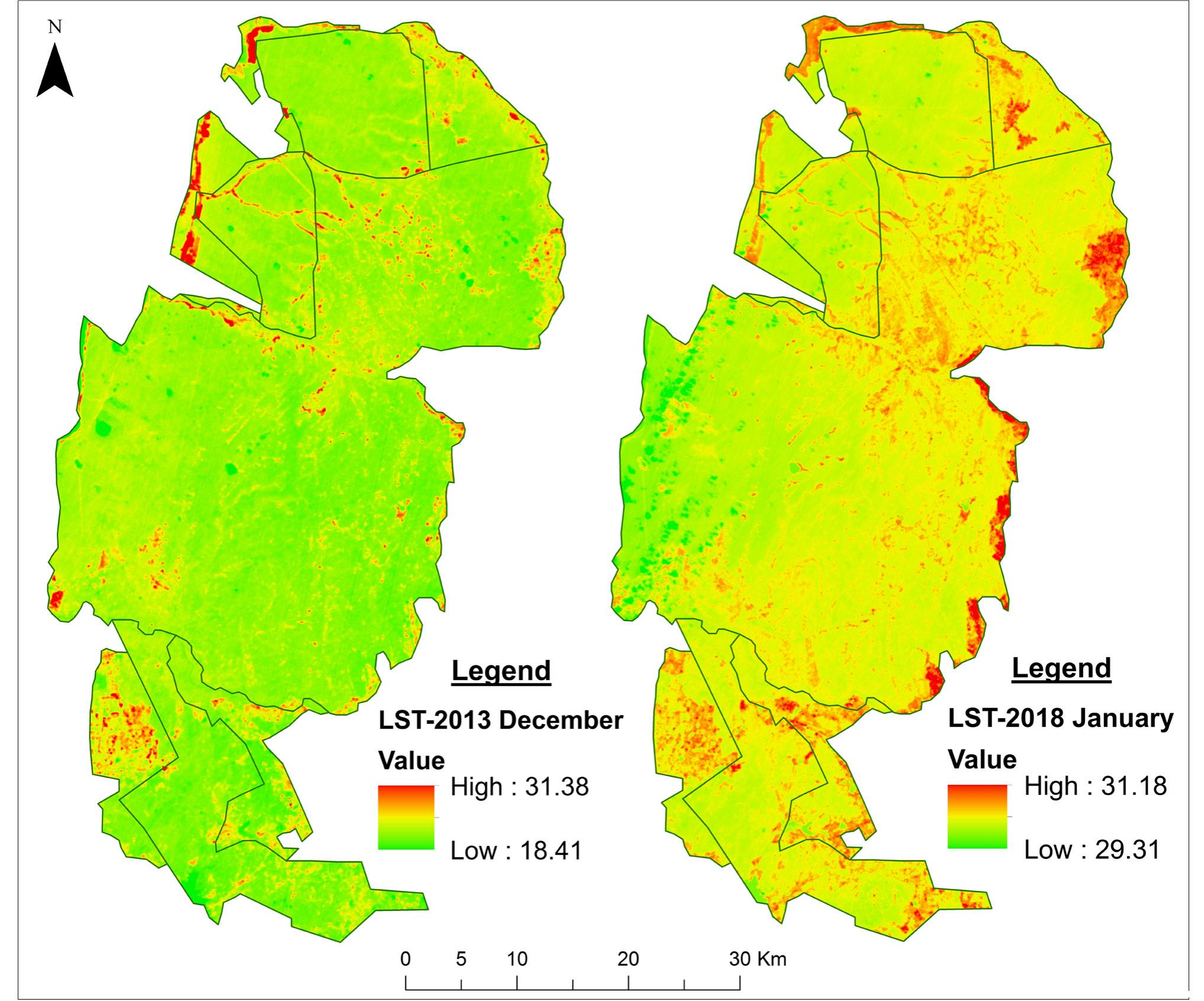Figure 31 – uploaded by Melanie Sieber

Figure 6 (A) 3-D view of the satellite image shows the two major active fault systems in the NW Himalaya that are reflective of the oblique tectonic convergence between India and Eurasia. The illustrations (B to D) summarize the formation and possible evolution of normal faulting in the studied region. (B) The normal faults could have formed earlier or syntectonic with the oblique plate convergence. (C) This could have later formed strike-slip faults, which have displaced normal faults. (D) This could mean that the Karakorum fault has formed later than normal faults. However, the regional oblique plate tectonic convergence could form both the fault systems together in the region with some time lag between their development history, which seems a normal procedure during the mountain building processes.
Related Figures (118)






















































































































Connect with 287M+ leading minds in your field
Discover breakthrough research and expand your academic network
Join for free